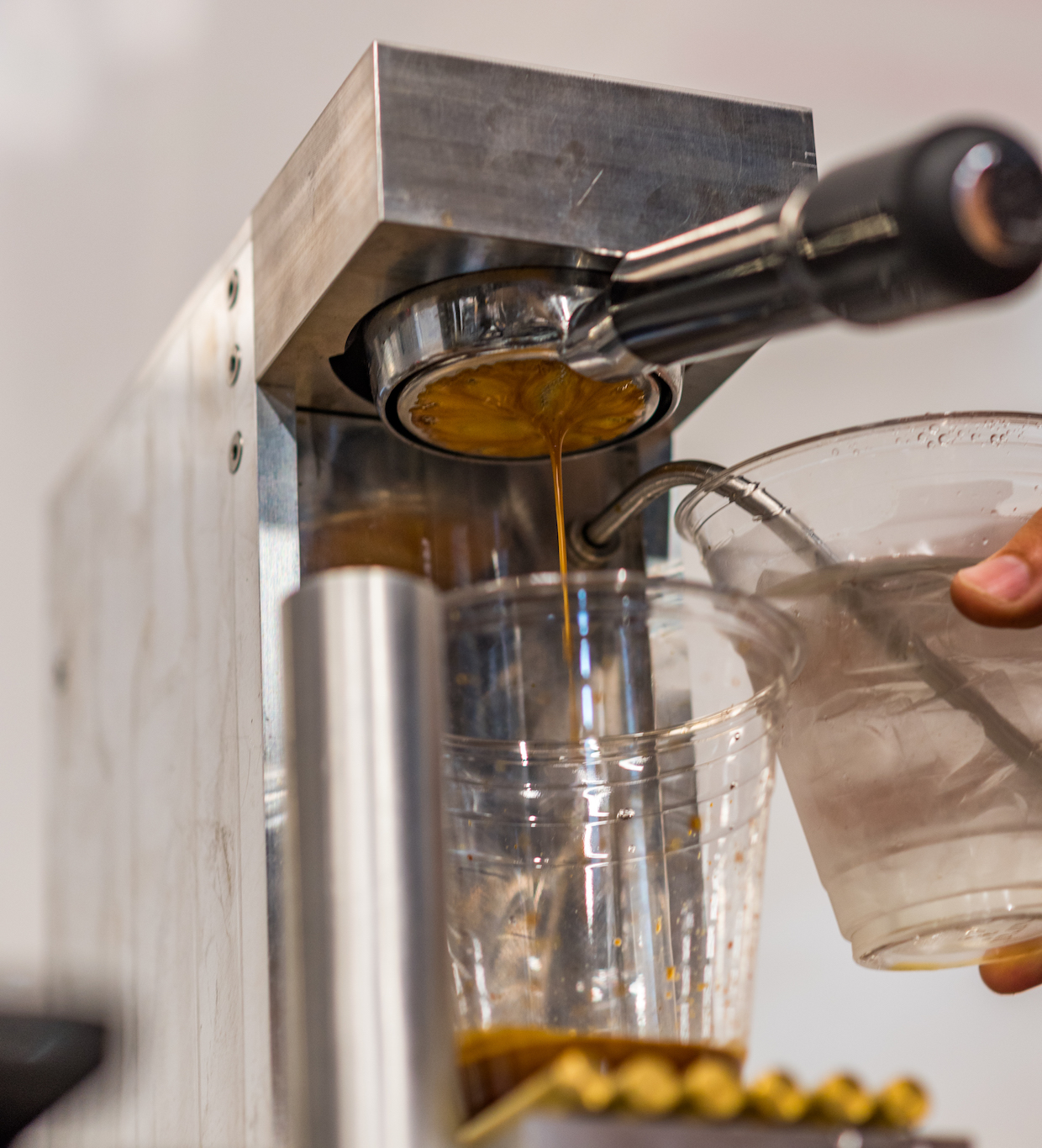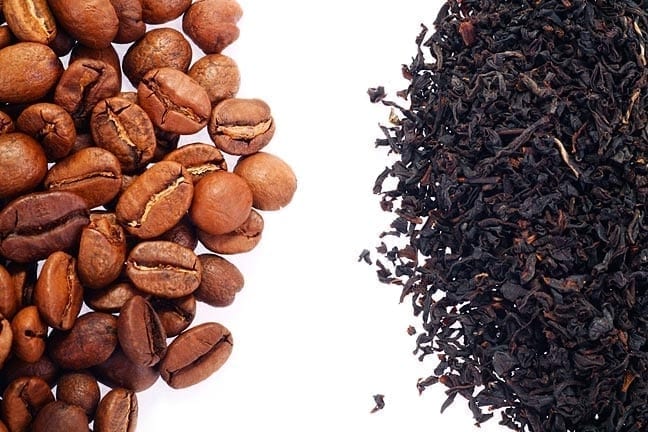If you are currently following a ketogenic diet, also called keto, then you have probably…
For Cold Brew, the Osma Pro Goes Further with the Flow
The small California-based team of engineers and designers that last year launched the innovative and portable Osma cold brew coffee and tea system has turned its attentions to a heftier countertop machine called the Osma Pro.
The Osma Pro takes the shape of an espresso machine but functions very differently. Building upon the liquid recirculation principles of the original Osma, the Osma Pro’s core technology centers more distinctly on the microcavitation effect created by recirculation.
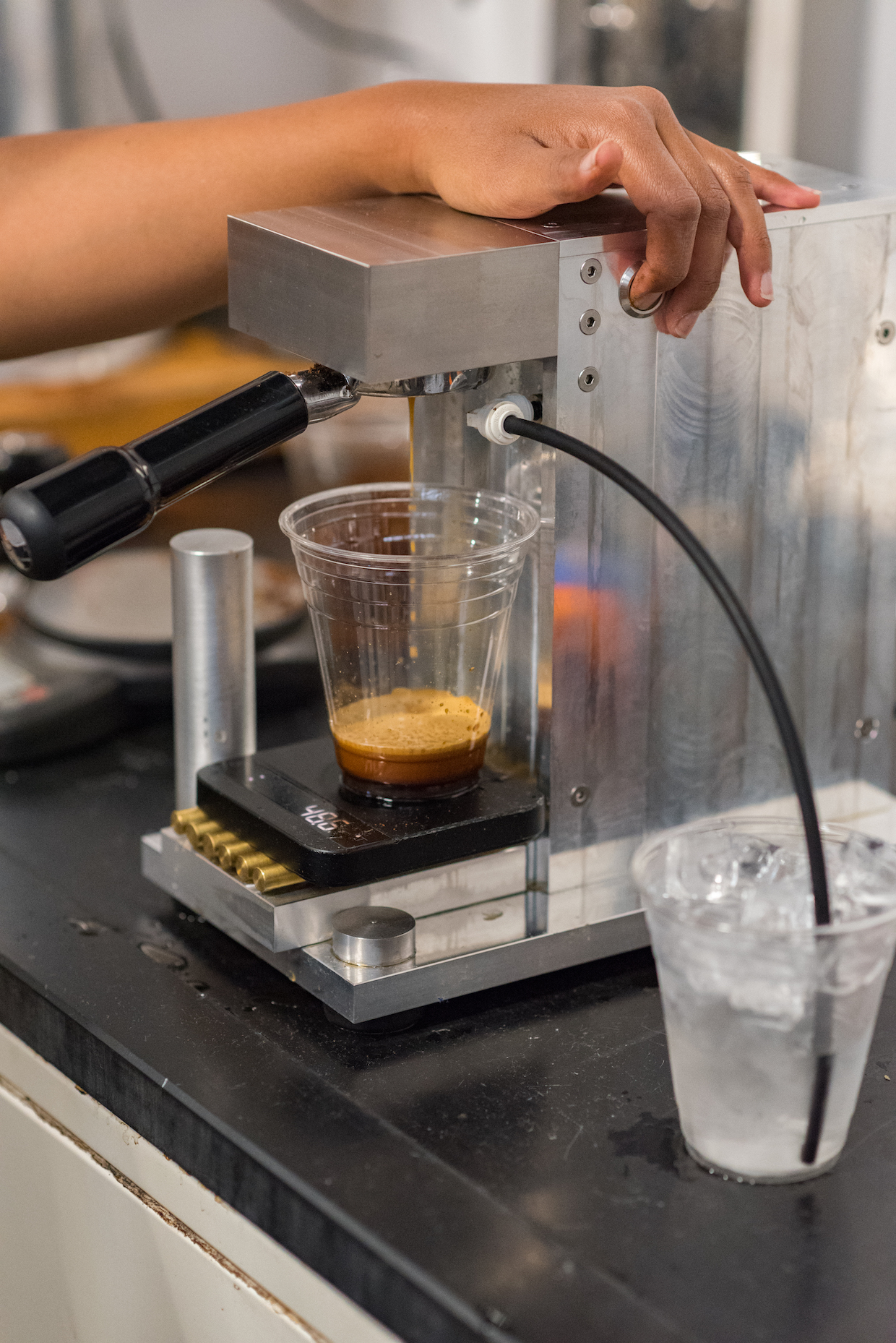
In this case, microcavitation refers to the formation and collapse of microbubbles of CO2 released by fresh coffee in contact with water. Energy from microcavitation is applied to the coffee inside of the Osma Pro’s portafilter in three continuous ways during extraction.
One is through recirculation of the liquid from the receptacle back through the coffee, extracting more from the coffee with each bubbly pass; another is through the pressure that gradually increases as the coffee blooms, up to a high of 10 bars before brewing is complete; and the third way is from harmonics, according to the company, generated by the pump and transmitted through the liquid to contribute to the formation of microbubbles inside the coffee bed.
Related Reading
“Traditional espresso machines use constant pressure pumps to push hot water through finely ground, tightly packed coffee. The heat and pressure force flavor and aroma compounds out of the coffee and into the stream of water, exiting the portafilter as espresso,” Osma Co-Founder, Co-Owner and CEO Joey Roth told DCN. “Our process differs in that we don’t use heat, and we designed our pump to generate oscillating pressure that facilitates formation of microbubbles from CO2 in the coffee beans. The formation and collapse of these bubbles extracts flavor and aroma compounds from the beans. The bubbles also contribute to our unique mouthfeel and tenacious crema.”
While its inner workings are distinctly different, the Osma Pro does physically resemble more traditional espresso machinery. The machine uses standard E61-compatible portafilters and 58-millimeter baskets, into which a bed of coffee is distributed and tamped exactly as it would be for espresso.
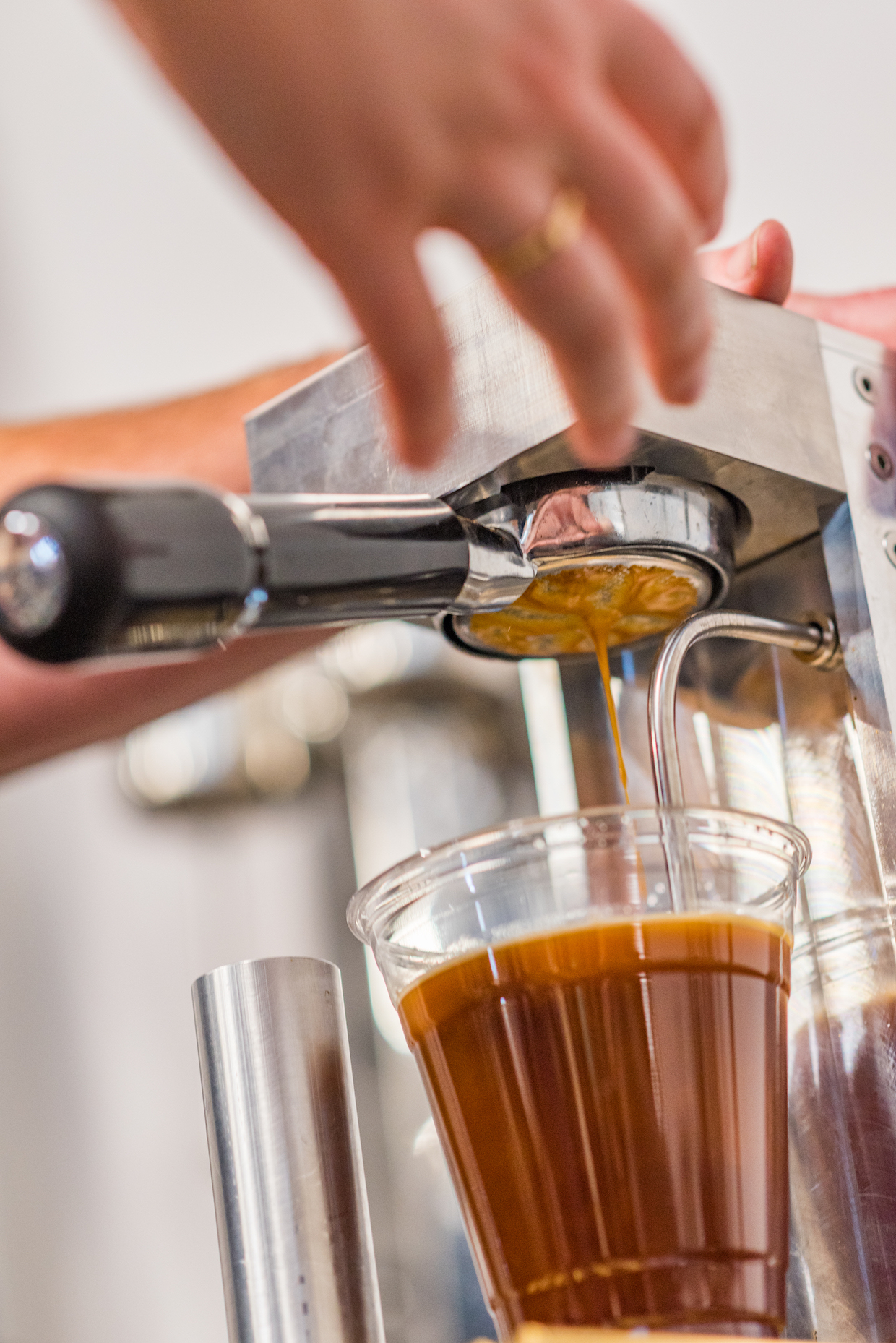
From there, the machine brews up to 12 ounces of cold coffee to at least 20% extraction yield in less than two minutes.
“Our ultimate goal is to push the cutting edge of coffee forward, to give the most progressive people in coffee new tools to be even more expressive and creative,” Roth said. “The Pro is the pure embodiment of that goal.”
The machine’s group head is made from stainless steel; exterior panels are made from aluminum; and the base comes in walnut or steel. Brass rods form the drip tray upon which the user’s choice receptacle perches, and the tubing inside is all food-grade silicone. Roth said these robust materials as well as its industrial-grade pump and quarter-inch direct plumbing input were chosen with commercial cafe use in mind.
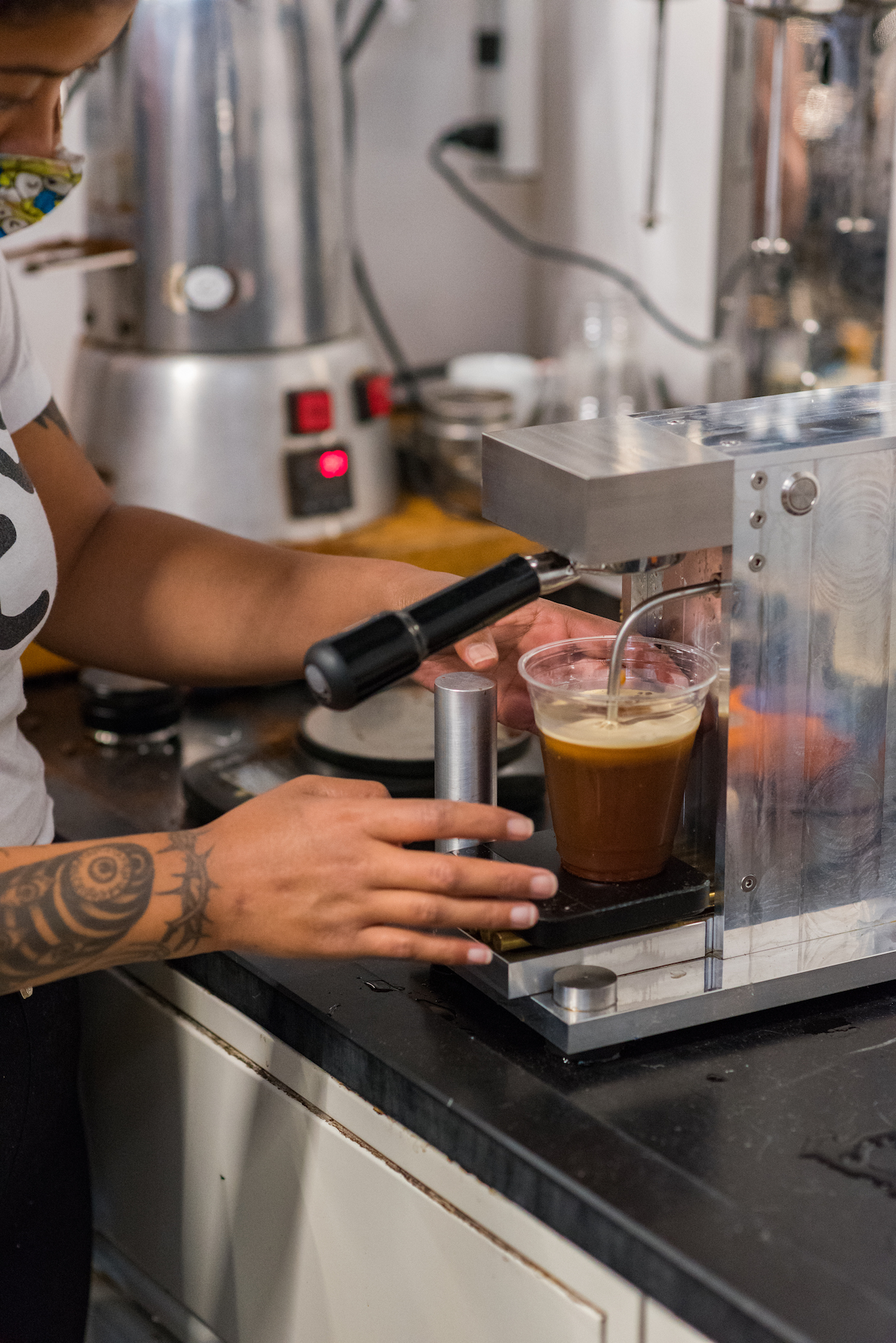
“We launched about three weeks ago and have already almost sold through the first run of 1,000 directly on our website,” said Roth. “Many of our pre-order customers are cafes.”
The price for a pre-ordered machine manufactured in Oregon is set at $695. Roth said the price will likely rise as additional features are incorporated into the machine for larger-scale production. Units from the initial limited run are scheduled to begin shipping next month, according to the company.
Howard Bryman
Howard Bryman is the associate editor of Daily Coffee News by Roast Magazine. He is based in Portland, Oregon.

